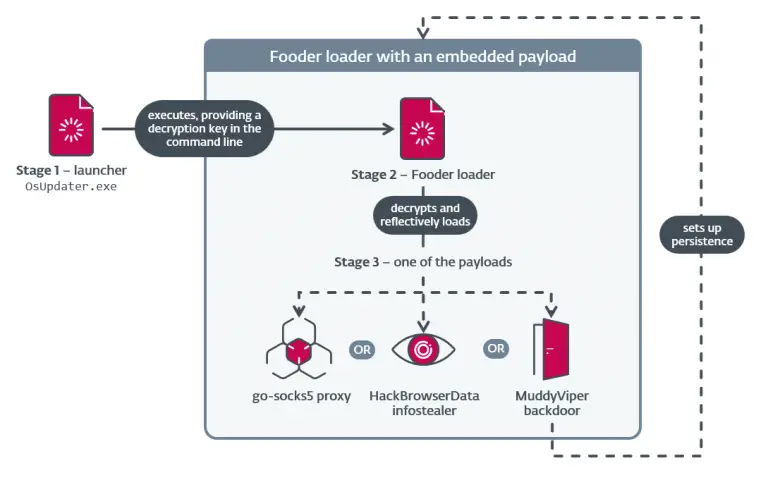
Within the United States Cybersecurity and Infrastructure Security Agency (CISA), preparations are reportedly underway for sweeping personnel reductions that may dramatically reshape the agency responsible for safeguarding the nation’s digital and critical infrastructure. According to sources familiar with the matter, the agency is contemplating the dismissal of approximately 1,300 employees—nearly half of its full-time staff and 40% of its contractors.
Particular focus has been placed on the National Risk Management Center (NRMC), which conducts strategic threat analysis for vital sectors of the country. Some of its responsibilities may be reassigned to the cybersecurity division, effectively diluting the center’s specialized analytical mandate.
Sources emphasize that the final distribution of layoffs has not yet been determined. In the past, decisions made under the Trump administration were occasionally reversed at the eleventh hour, so the final outcome may differ from current discussions. Nonetheless, the trajectory toward weakening the agency appears increasingly clear.
Earlier, CBS News reported that preparations were underway to lay off 1,300 employees. Official CISA representatives have declined to comment. Former President Donald Trump previously accused the agency of censorship and ineffectiveness in addressing election interference and the spread of disinformation. He ordered a comprehensive audit of CISA’s activities over the past six years and revoked the security clearance of its inaugural director, Chris Krebs.
Senator Rand Paul, chair of the Homeland Security Committee, has openly advocated for CISA’s dissolution. He argues that the agency infringes on free speech by suppressing viewpoints favored by conservative audiences.
Also potentially facing cuts are the Stakeholder Engagement Division (SED) and the agency’s regional offices. One proposal under review suggests converting the leadership of these units into political appointments, prompting concerns over the erosion of independence and professional expertise in strategically critical functions.
The Threat Hunting Division, tasked with detecting and disrupting cyberattacks, is expected to remain operational, though with a reduced headcount—potentially hampering CISA’s capacity to respond swiftly to incidents.
In addition to layoffs, the Department of Homeland Security—which oversees CISA—has expanded its voluntary departure program. Employees are being offered early retirement or severance packages of up to $25,000 if they agree to resign in the near future.
Meanwhile, Senator Ron Wyden is blocking the nomination of Shawn Planky to lead CISA, demanding the release of a report on security vulnerabilities within the U.S. telecommunications infrastructure. This adds further uncertainty to the future of an agency already at the center of political and personnel upheaval.
The Trump administration’s plans have sparked concern among cybersecurity professionals, who note that CISA has played a vital role in enhancing the resilience of U.S. infrastructure against both foreign and domestic threats. Experts warn that such radical restructuring may severely undermine the nation’s ability to defend its most critical digital systems.


